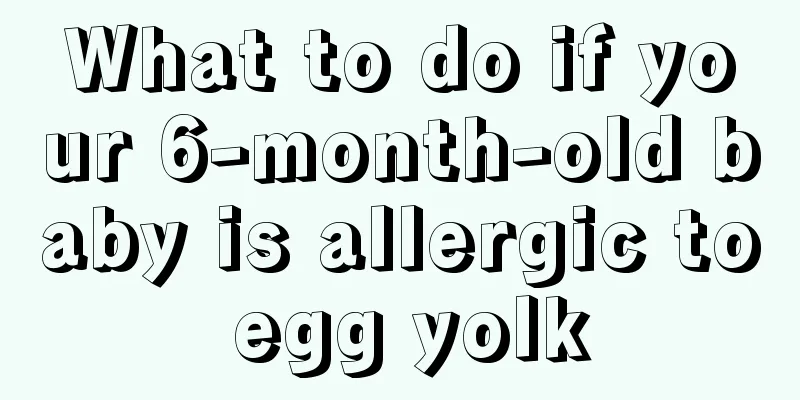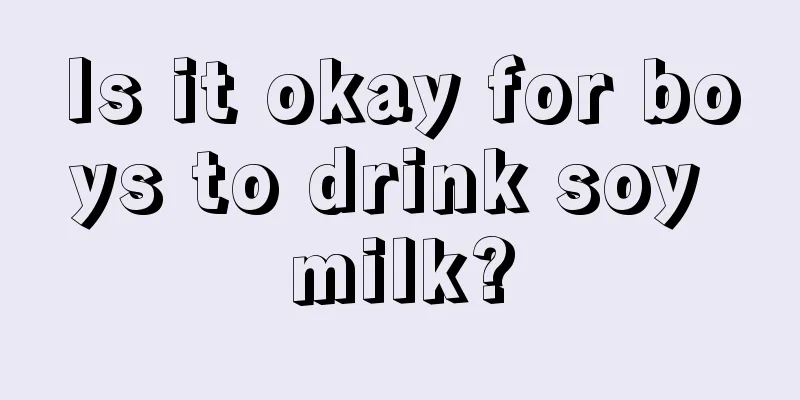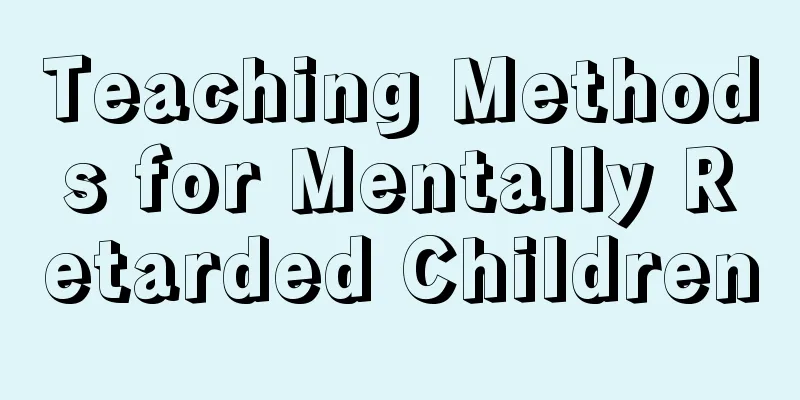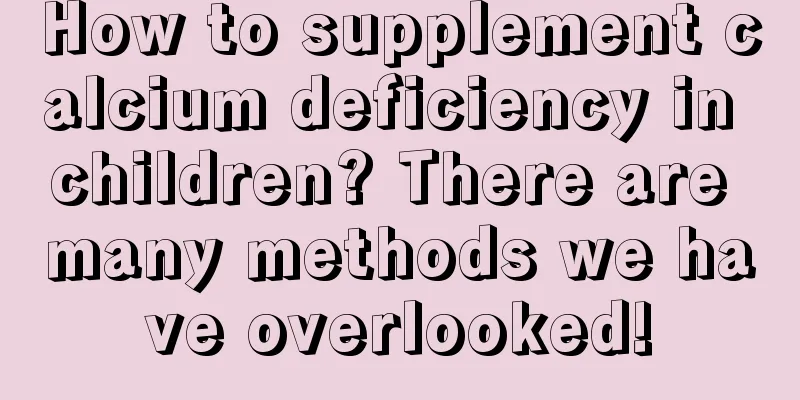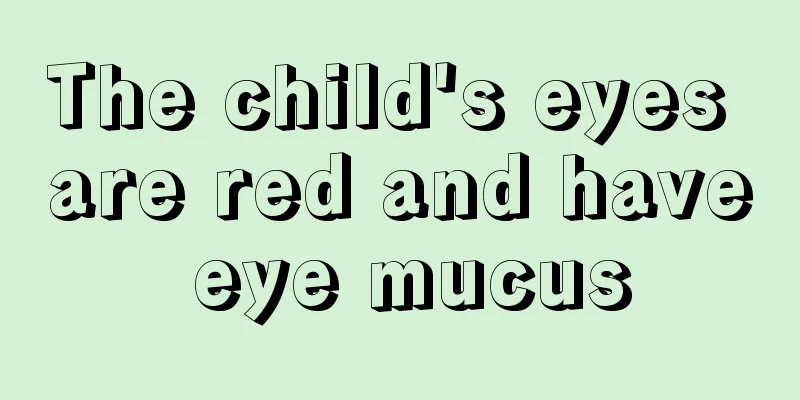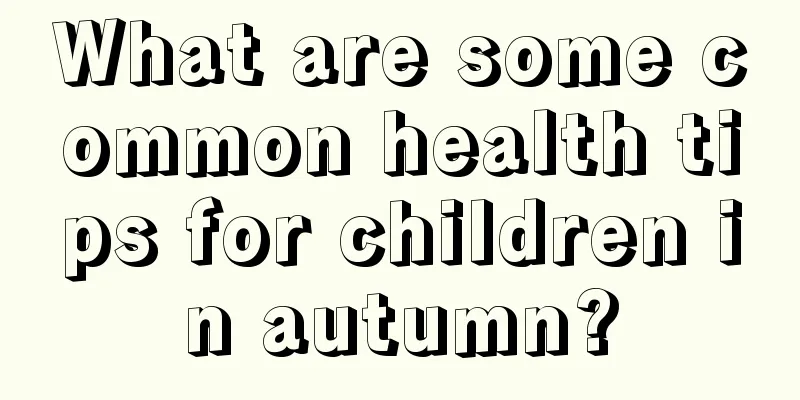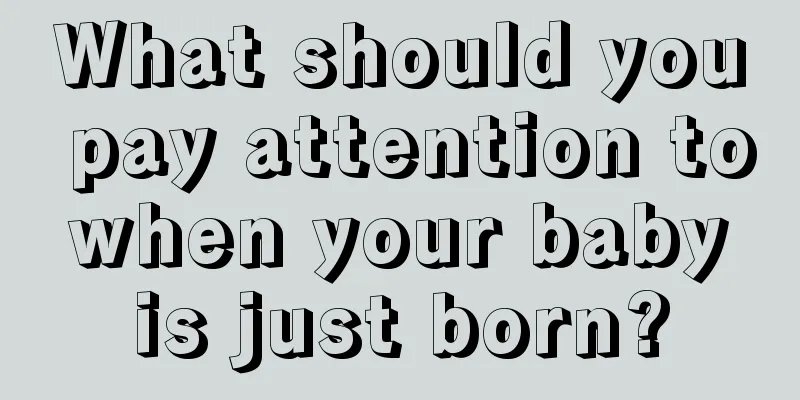What are the symptoms of convulsions after a child has a fever?
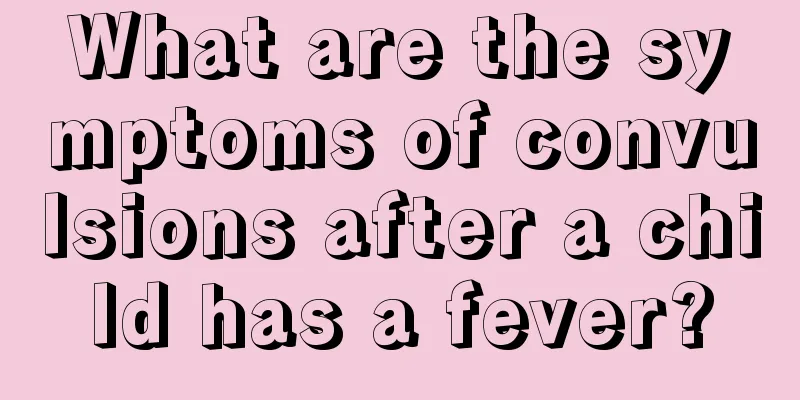
|
When family members see that their children have a fever, they still need to reduce the temperature as soon as possible. If the body temperature continues to rise and a persistent high fever occurs, it can easily lead to convulsions. So what are the symptoms of convulsions after a child has a fever? Regardless of the severity of the child's convulsions, we need to be vigilant and observe the condition well, which plays a vital role in the diagnosis and treatment of the disease. It is common in children between 6 months and 4 years old. Convulsions usually occur in the early stage of fever and are short-lived. It is rare for multiple seizures to occur consecutively during a single febrile illness. It often occurs within 12 hours of fever. Consciousness recovers quickly after the attack, and there are no positive neurological signs. The EEG returns to normal one week after the fever subsides. This is a simple febrile convulsion with a good prognosis. The onset age of complex febrile seizures is uncertain, often occurring before 6 months or after 6 years of age. Initially, it is a high fever seizure. After several seizures, convulsions may occur with low fever or even without fever. Sometimes, the seizures occur repeatedly, and each seizure lasts longer, more than 15 minutes. The EEG examination is still abnormal 2 weeks after the seizure, and the prognosis is poor. The probability of developing epilepsy is 15% to 30%. A few people may have signs before an attack: extreme irritability or "startling" from time to time, mental tension; frightened expression, sudden increase in muscle tension in the limbs; sudden rapid, paused or irregular breathing; sudden rise in body temperature, drastic change in complexion; pupils of different sizes; and uneven edges. Typical manifestations are sudden onset, loss of consciousness, head tilted back, fixed upward or squinting eyes, foaming at the mouth, clenched jaws, and clonic or tonic convulsions of the facial or limb muscles. In severe cases, neck stiffness, opisthotonos, irregular breathing, cyanosis, or incontinence may occur. The duration may be from a few seconds to several minutes or longer. Then turn into drowsiness or coma. Examination during or shortly after an attack may reveal signs such as dilated pupils, slow reaction to light, and positive pathological reflexes. Consciousness is restored shortly after the attack stops. The above article gives a clear introduction to the symptoms of convulsions in children after a fever. I believe everyone is clear about it. After convulsions occur, it is still necessary to use correct methods to deal with them in a timely manner so as not to threaten the child’s life safety. In addition, we should also realize that it is important to take good care of children's daily life in daily life. |
<<: What should I do if my child has diarrhea after a fever?
>>: What should I do if my child has a fever and convulsions?
Recommend
What to do if your child has blisters on his feet?
Sometimes, because children are too young, they d...
What are the common symptoms of fever in infants and young children?
Children's colds are usually accompanied by s...
What to do if your child has a lot of eye mucus when sleeping
As children grow up, parents will certainly caref...
What to do if your baby is born with low blood sugar
Maybe you think that hypoglycemia only occurs in ...
What are the benefits of swimming for primary school students?
Swimming is not very unfamiliar to modern people....
Baby has low fever, poor spirit and drowsiness
In life, many babies often have low-grade fever, ...
How to prevent children from having a fever and seizures?
The phenomenon of high fever convulsions in child...
What are the symptoms of a two and a half month old baby getting angry?
Many new mothers do not know much about the daily...
Why is the baby's scalp blue?
After becoming a mother, every move of the child ...
Treatment of tonsillitis and fever in babies
Tonsillitis and fever in babies have caused throa...
How do teenagers protect their teeth?
In life, we always hear many people constantly si...
What is nodular goiter in children?
Every child is the top priority of our family, an...
What should I do if my child vomits, has a fever and has diarrhea?
Children have many kinds of diseases, which serio...
What are the symptoms of infantile thrush?
Ratworms are in people's intestines and can s...
What to do if the two-year-old baby has ulcers at the corners of his mouth
Every change in the baby after birth is watched b...
